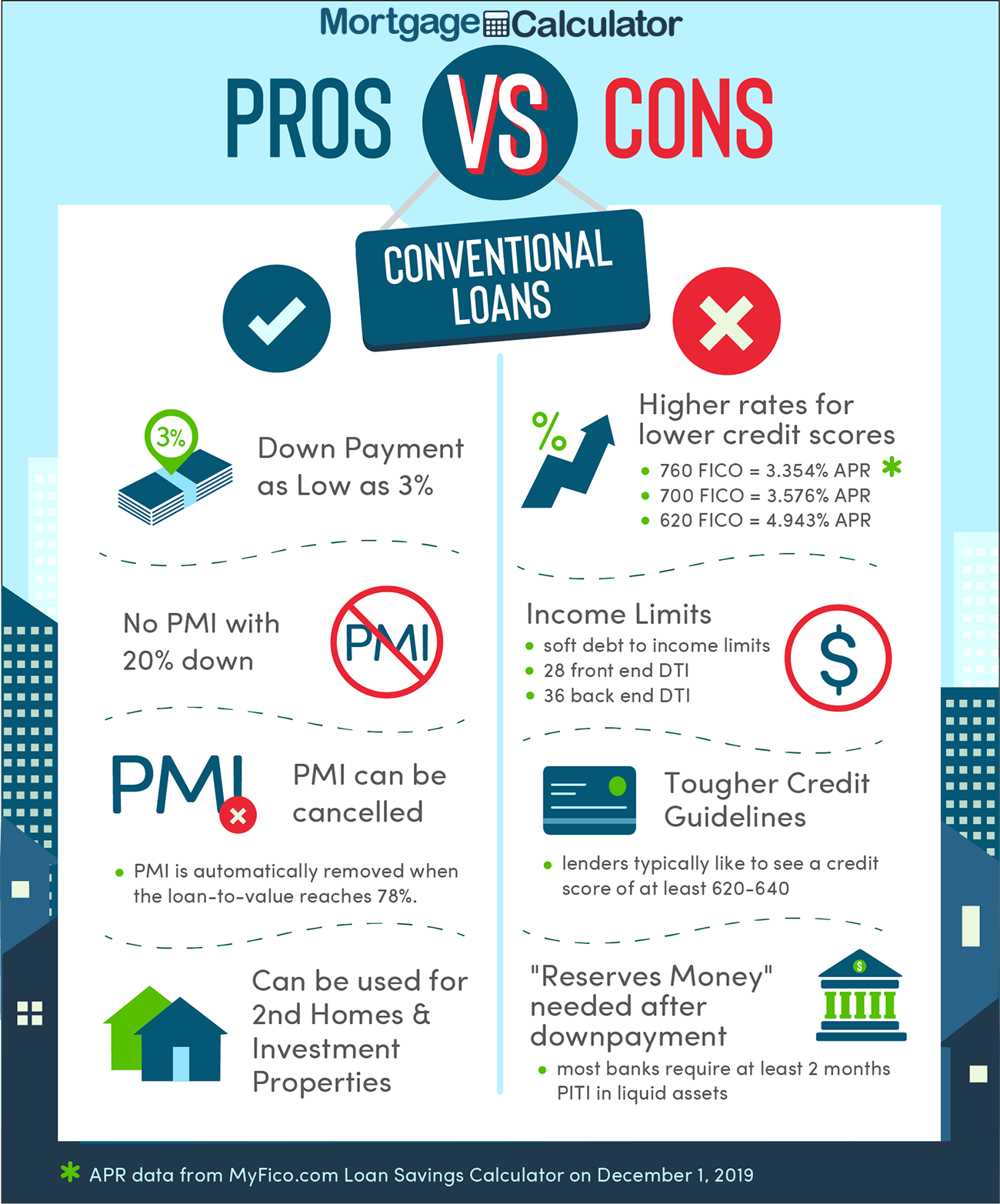Conventional Mortgage Loans: Just How They Compare to Various Other Funding Options
Conventional Mortgage Loans: Just How They Compare to Various Other Funding Options
Blog Article
The Essential Factors to Consider When Deciding On Between Fixed-Rate and Variable-rate Mortgage Loans
When assessing mortgage options, debtors encounter a crucial decision in between adjustable-rate and fixed-rate finances, each presenting possible mistakes and distinctive advantages. Key considerations such as rates of interest security, predictability in monthly repayments, and the effects of possible rate adjustments can considerably influence long-term monetary health and wellness. Moreover, understanding the awaited duration of homeownership and the overall price of loaning can form one's approach. As these aspects link with individual financial circumstances and run the risk of resistance, the implications of this selection might not be as straightforward as they appear. What nuances should be focused on in this essential decision-making process?
Passion Rate Security
When selecting a home mortgage, recognizing rates of interest security is critical for notified decision-making. Rate of interest can significantly influence the total expense of a mortgage, and acknowledging the nature of these rates is vital for debtors. Fixed-rate home loans provide the advantage of regular month-to-month payments over the life of the lending, shielding borrowers from market fluctuations. This stability makes it possible for homeowners to intend their financial resources with greater assurance, as they will not be influenced by rising rates of interest.
On the other hand, adjustable-rate home loans (ARMs) start with lower initial rates that might alter occasionally based upon market problems. While this can cause lower settlements initially, it likewise presents unpredictability, as consumers might face increased repayments if rate of interest rates climb. For those considering an ARM, it is important to evaluate the likelihood of price adjustments, the possibility for payment increases, and the size of the preliminary fixed-rate period.
Eventually, the choice between fixed-rate and adjustable-rate mortgages hinges on individual threat resistance and economic scenarios. Understanding rate of interest stability aids customers make informed decisions that line up with their lasting economic objectives.
Monthly Repayment Predictability
While debtors often prioritize passion price stability, the predictability of month-to-month repayments is similarly crucial in the home loan selection process (Conventional mortgage loans). Regular monthly payment predictability plays a vital role in budgeting and economic preparation, as it straight impacts a property owner's cash money circulation and general economic wellness
Fixed-rate mortgages provide a regular monthly settlement throughout the life of the loan, permitting debtors to prepare for and intend their expenditures effectively. This stability can be especially advantageous for novice buyers or those on a set revenue, as it gets rid of the uncertainty connected with rising and fall payments.
On the other hand, variable-rate mortgages (ARMs) usually feature reduced first payments that can alter over time, resulting in possible irregularity in month-to-month responsibilities. While initially appealing, this unpredictability can make complex economic preparation, especially if debtors do not make up future price adjustments.
Prospective Price Changes
In the world of adjustable-rate mortgages (ARMs), prospective price adjustments stand for a considerable element that customers should thoroughly consider. Unlike fixed-rate home loans, where the rate of interest remains unchanged for the life of the financing, ARMs are defined by varying rate of interest that are linked to market indices. This variability can cause significant modifications in regular monthly settlements, impacting the debtor's financial preparation and budgeting.
Typically, ARMs have a preliminary fixed-rate duration during which the rate of interest price is stable. Hereafter duration, nonetheless, the rate adjusts at fixed intervals-- generally every year. Debtors should recognize the margin and index utilized to calculate these changes, as they straight affect future passion prices. Furthermore, ARMs commonly consist of caps that limit exactly how a lot the rate of interest can increase at each change and over the important site life of the car loan, which can offer some level of protection against radical rate walkings.
Recognizing these prospective modifications is important for customers, as they directly affect long-term repayment responsibilities. Assessing personal financial circumstances and run the risk of tolerance is vital when choosing whether an ARM lines up with one's monetary objectives.
Funding Term Factors To Consider
Funding term factors to consider play a crucial role in the decision-making procedure for customers selecting between adjustable-rate and fixed-rate mortgages. The length of the finance term dramatically influences monthly repayments, passion rates, and general financial planning.

Eventually, customers must analyze their individual circumstances, financial goals, and market problems when considering the effects of funding term options within each home mortgage useful link type.

Overall Expense of Loaning
The total price of loaning is an important aspect that can considerably affect a debtor's selection in between adjustable-rate and fixed-rate home mortgages. Fixed-rate home mortgages provide foreseeable month-to-month settlements, as the interest price stays continuous throughout the finance term. This predictability can bring about lower general expenses, specifically in a steady or declining rates of interest setting. Borrowers can budget plan effectively, understanding their settlements will not rise and fall.
On the other hand, variable-rate mortgages (ARMs) normally begin with reduced initial prices, resulting in minimized upfront expenses. These rates can boost after a preliminary duration, leading to possibly greater long-lasting expenses. Customers should consider the frequency and degree of rate changes, in addition to the overall finance period, to properly examine the monetary effects.
Additionally, the general price of loaning encompasses not only rates of interest but additionally costs and various other connected costs, such as closing costs and insurance coverage (Conventional mortgage loans). Therefore, when examining mortgage choices, consumers must conduct a comprehensive price analysis over the life of the loan. By doing so, they can make an enlightened decision that lines up with their economic goals and run the risk of resistance
Verdict
Rate of interest rate stability and month-to-month repayment predictability are critical for efficient budgeting, while the potential for price adjustments in ARMs introduces monetary uncertainty. Furthermore, the awaited duration of homeownership and the overall price of borrowing, try this consisting of passion prices and linked charges, need to align with private economic conditions and risk tolerance.
Secret considerations such as interest price stability, predictability in regular monthly payments, and the effects of possible price changes can substantially affect long-lasting financial wellness. Passion prices can dramatically influence the overall price of a mortgage, and acknowledging the nature of these rates is essential for customers. Unlike fixed-rate home mortgages, where the passion price continues to be the same for the life of the financing, ARMs are defined by rising and fall interest prices that are connected to market indices. Furthermore, ARMs often consist of caps that restrict just how much the rate of interest price can raise at each modification and over the life of the lending, which can supply some degree of protection versus drastic rate walks.
Passion rate security and monthly payment predictability are vital for effective budgeting, while the possibility for price changes in ARMs presents monetary uncertainty.
Report this page